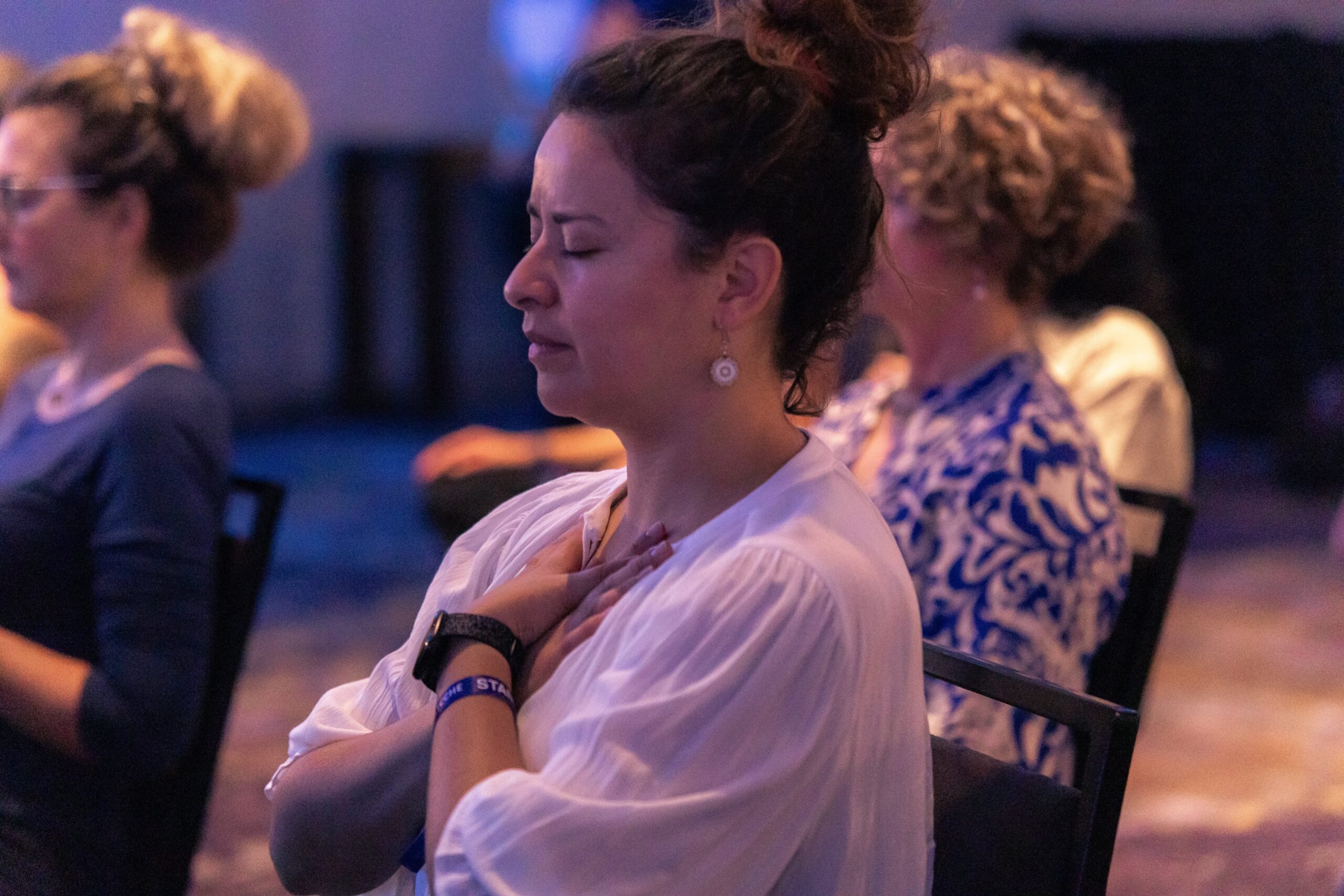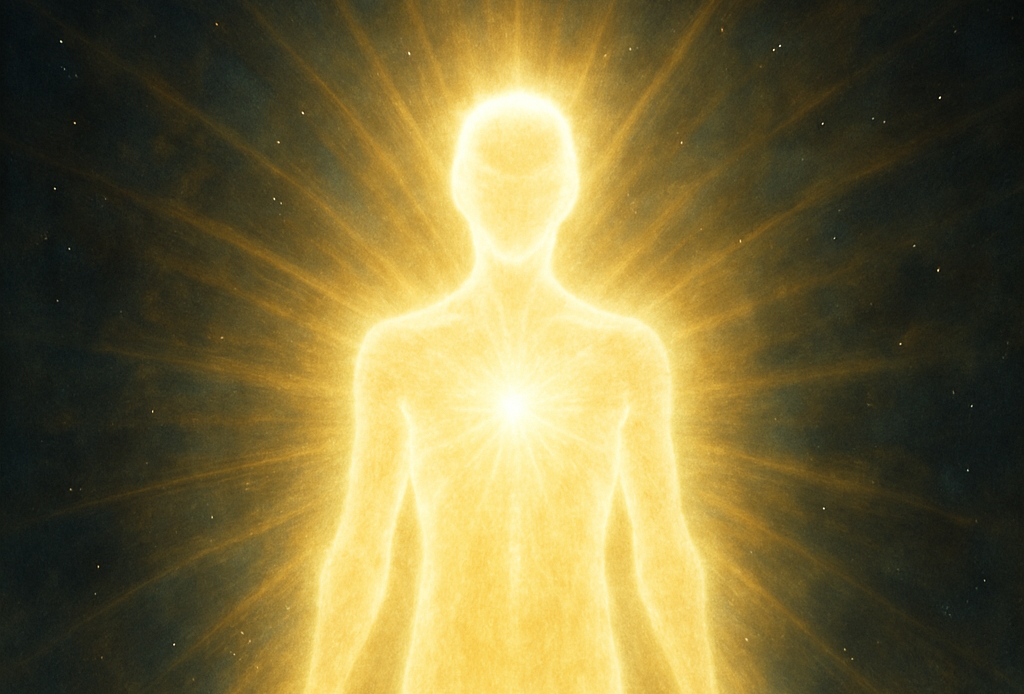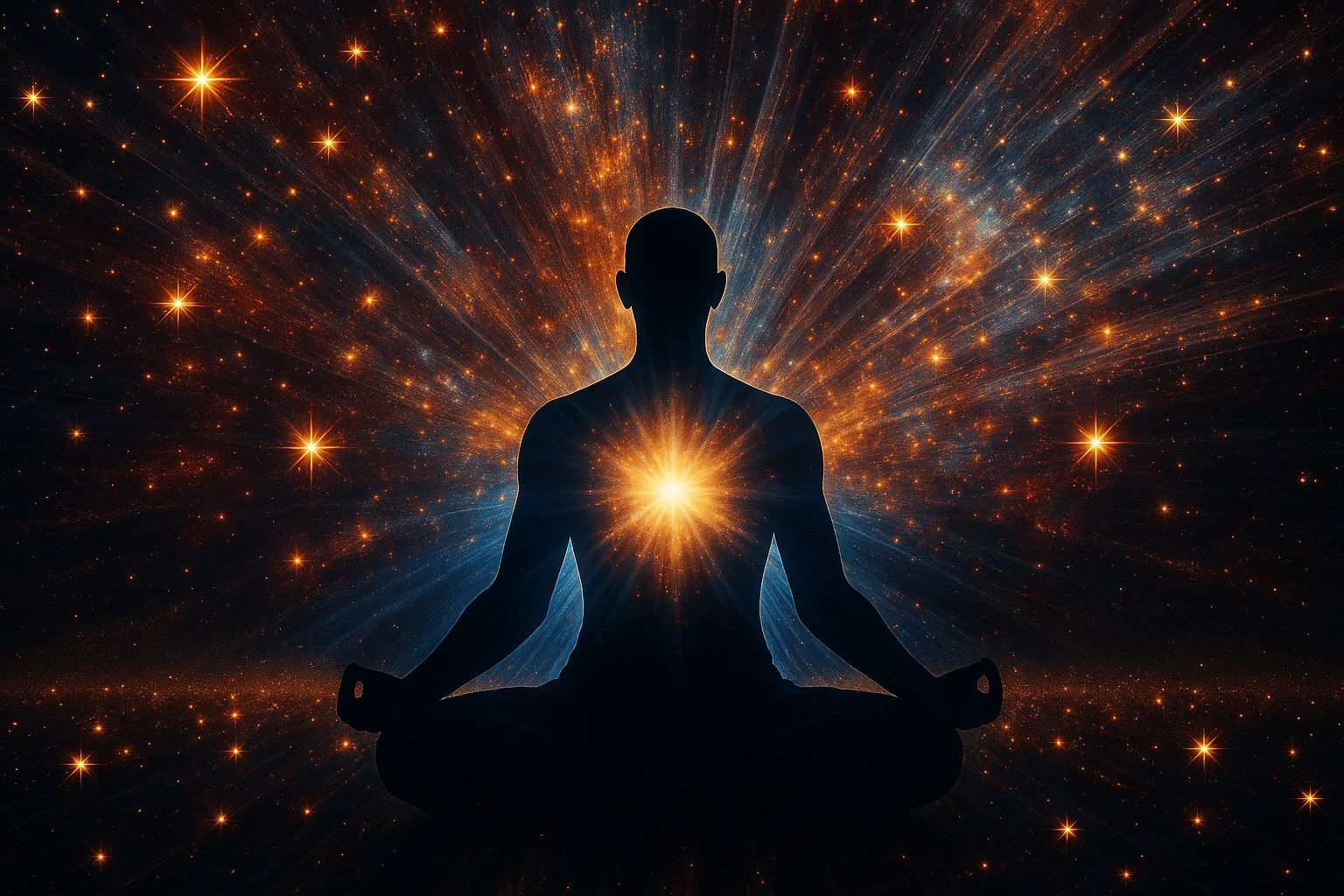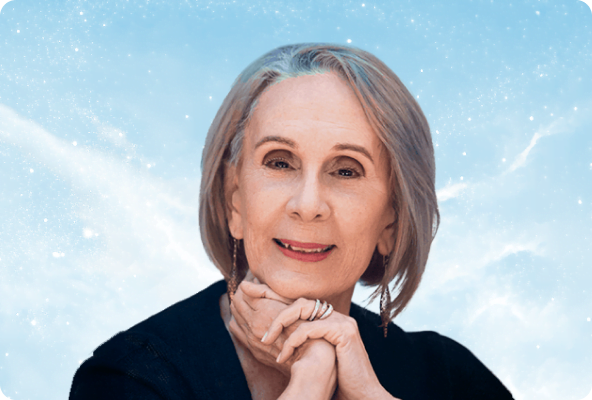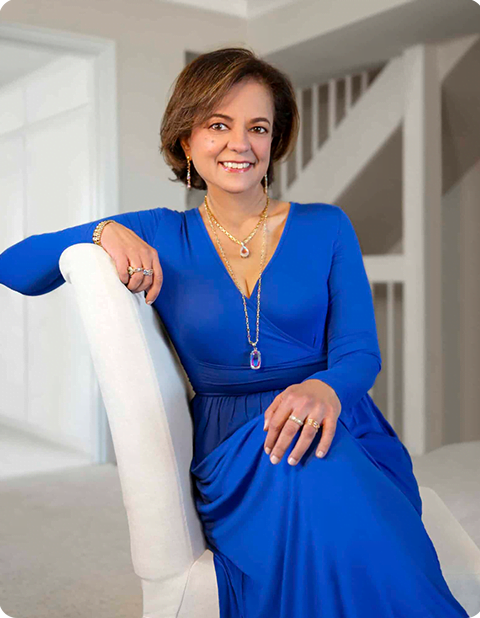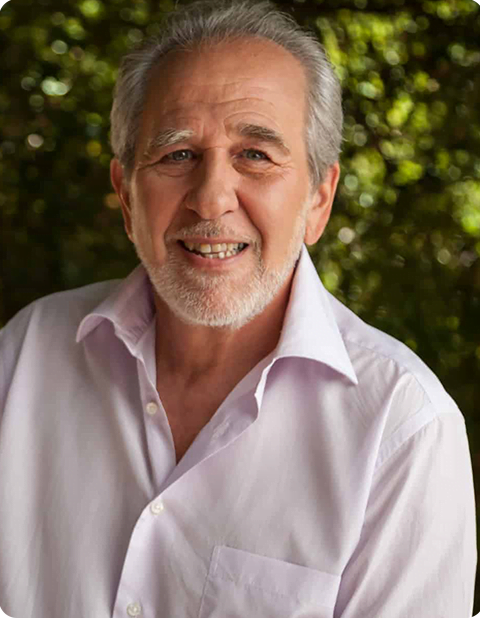In Parts 1 and 2, we’ve seen how physical senses construct a limited interface, how mystical traditions independently discovered consciousness is primary, and how Jung bridged ancient wisdom with modern psychology. Now we turn to something remarkable happening in contemporary therapeutic practice—and then to the practical techniques you can use yourself.
IFS: A Modern Framework for Ancient Insights
Something unexpected emerged in the development of modern therapy. Richard Schwartz, working with clients, began noticing that what we call the unified “self” is actually more like a committee—multiple sub-personalities, each with its own agenda, often in conflict with each other. A part that wants to succeed battles with a part terrified of failure. A part that craves connection wars with a part protecting against rejection.
But here’s where it gets mystical: When Schwartz helped clients compassionately witness these parts without identifying with any of them, something unexpected emerged. A quality of consciousness he came to call “Self”—characterized by curiosity, compassion, and clarity—would spontaneously appear. Not created, not developed, but uncovered. Like the mystics have always said: consciousness was already there beneath the noise.
The parallel is striking: consciousness (Self) precedes and transcends its contents (parts/sensory experiences), and wholeness comes not from identifying with any particular part but from recognizing the unified awareness underlying all of them. It’s Jung’s individuation process mapped onto contemporary psychotherapy—and it works precisely because it’s tapping into the same reality the mystics discovered millennia ago.
Lorber’s three-fold human nature provides a complementary map: the physical body (with its sensory apparatus), the soul (psyche/consciousness—roughly equivalent to Jung’s ego and personal unconscious), and the spirit (the divine spark—equivalent to Jung’s Self or IFS’s Self). Spiritual development involves the soul recognizing its connection to spirit and learning to perceive through spiritual senses, not just physical ones. The fragmented parts that IFS works with can be understood as the soul’s various identifications with sensory-based experiences—when these parts are witnessed from Self/spirit, they naturally integrate and harmonize.
This modern therapeutic discovery validates what we’re about to explore: the ancient technologies for developing perception beyond physical senses.
The Practical Technology: Five Universal Techniques
Despite surface differences, the traditions employ remarkably similar practical techniques. These aren’t beliefs to accept but experiments to conduct with your own consciousness:
1. Concentrated Attention: Awakening Inner Senses
Whether it’s focusing on a mantra (Hinduism), a divine name (Sufism), a koan (Zen), the breath (Buddhism), or cultivating the “inner word” (Lorber), the technique is similar: concentrate attention so intensely that normal diffusion of consciousness across physical sensory objects ceases, allowing subtler faculties to activate.
This creates samadhi, dhikr, contemplative absorption—different names for states where consciousness shifts from physical to spiritual modes of perception.
Lorber taught that the “inner word”—direct divine communication beyond physical hearing—is a dormant faculty in all humans. It awakens through turning attention inward, away from the constant outward flow through physical senses. This isn’t imagination or hallucination but activation of spiritual hearing.
The Science: Neuroscience confirms this works. Sustained attention on a single object reduces activity in the DMN (default mode network) that generates the sense of separate self. Experienced meditators show permanent changes in this network—they can more easily shift out of self-referential sensory processing.
How to Practice: Choose one focus—breath, mantra, divine name, or sacred word. Return attention to it whenever the mind wanders. Start with 10 minutes daily. The goal isn’t stopping thoughts but training attention to remain with one object, which gradually reveals consciousness itself.
2. Witness Consciousness: Developing Spiritual Sight
Every tradition develops the capacity to observe sensory experience without identifying with it. Hindu sakshi (witness), Buddhist vipassana (clear seeing), Sufi muraqaba (watchfulness), Christian “recollection,” Lorber’s teaching to distinguish between physical and spiritual perception—all involve developing a stance of awareness that watches sensory phenomena arise and pass without claiming them as “mine.”
This deceptively simple practice has profound implications. If you can watch thoughts and sensations, who is the watcher? As you track sensory experience, you inevitably are drawn back to awareness itself—the unchanging screen on which the movie of sensory experience plays. Lorber would say you’re beginning to perceive through spiritual sight rather than being lost in physical sight.
How to Practice: Sit quietly. Notice sensations, thoughts, emotions arising. Instead of being lost in them, notice “there is seeing,” “there is hearing,” “there is thinking.” Who notices? This question naturally leads awareness back to itself.
3. Correspondence Recognition: Seeing Through Symbols
While some traditions emphasize the neti neti of Hinduism (“not this, not this”) or the mu of Zen (negation), Lorber’s approach offers a complementary method: learning to see through physical appearances to their spiritual correspondences.
When you look at physical light, recognize it corresponds to spiritual illumination. When you hear physical sound, recognize it corresponds to divine communication. When you feel physical warmth, recognize it corresponds to divine love. The physical senses become doorways rather than barriers—not by abandoning them but by learning to read their spiritual meaning.
This is similar to the Kabbalistic practice of seeing divine letters in all creation, or the Sufi practice of seeing all forms as manifestations of divine names. It transforms the sensory world from obstacle into scripture.
How to Practice: In daily life, consciously practice symbolic perception. The sunrise corresponds to awakening consciousness. Water corresponds to purification. Fire corresponds to transformation. Food corresponds to spiritual nourishment. Train yourself to perceive both the physical and spiritual dimensions simultaneously.
4. Interior Cultivation: The Inner Light
Lorber strongly emphasized cultivating what he called the “inner light”—an interior illumination that reveals truth directly without mediation through physical senses. This inner light is the divine presence within, accessed through turning consciousness inward rather than constantly outward through senses.
This practice appears across traditions: Hindu jyoti (inner light) meditation, Buddhist nimitta (meditation signs), Sufi nur (divine light), Quaker “inner light,” Kabbalistic contemplation of divine emanations. All involve developing an interior faculty of perception that operates independently of physical sensory apparatus.
How to Practice: Sit in physical darkness and silence. Close your eyes. Watch the interior space of consciousness. At first, you’ll see mental images and thoughts—residue of sensory processing. With practice, a different quality emerges—an interior luminosity that isn’t generated by physical light. This is the beginning of spiritual sight. Don’t manufacture it; let it emerge naturally.
5. Love as Supreme Perception
Lorber taught that the highest form of perception transcends even spiritual senses—it’s love itself. Love is not merely an emotion but a mode of knowing, the fundamental nature of divine consciousness. When consciousness operates through love, it perceives the unity underlying all apparent multiplicity.
This resonates across traditions: Hindu bhakti (devotional love), Sufi ishq (divine love), Christian caritas (sacrificial love), Buddhist metta (lovingkindness). These aren’t just ethical teachings but epistemological ones—love is a way of knowing that transcends both physical and intellectual perception.
How to Practice: Approach each person, each situation, each object with the question: “What would it mean to perceive this through love rather than through fear, judgment, or desire?” Love as perception means seeing the divine presence in all things, recognizing the unity underlying apparent separation. This is the culmination of all spiritual practice.
Why Bother? Six Compelling Reasons
1. To Perceive Reality More Completely
Physical senses show only material correspondences of spiritual realities. It’s like reading a book’s cover while ignoring its contents, or seeing a shadow while ignoring what casts it. Developing spiritual senses doesn’t mean abandoning physical perception but adding dimensions of depth. You see the tree (physical sense) and perceive the divine idea it embodies (spiritual sense). You hear words (physical) and perceive the meaning they carry (spiritual).
2. Freedom from Suffering
When consciousness identifies solely with physical-sensory experience, suffering is amplified because everything perceived seems absolute and permanent. Sensory experience is intrinsically unsatisfying—pleasurable sensations fade, painful ones arise, the body ages and dies.
Developing spiritual perception doesn’t eliminate physical pain, but it transforms the relationship to it by revealing it as one level of a multilayered reality. Lorber taught that physical suffering corresponds to spiritual purification—it has meaning and purpose beyond its physical appearance. This doesn’t make it pleasant, but it makes it bearable and even transformative when perceived through spiritual senses.
3. Access to Guidance Beyond Sensory Input
The “inner word” that Lorber accessed—direct divine communication—represents a source of knowledge beyond sensory input or intellectual reasoning. Every mystical tradition claims access to knowledge that transcends both empirical observation and logical deduction. Whether called revelation, intuition, gnosis, or inner knowing, this represents a faculty of consciousness that can receive information not available through the five physical senses.
Jung called this the collective unconscious, accessing archetypal wisdom. Neuroscience might call it non-conscious processing or intuitive insight. The mystics claim it’s direct perception through spiritual faculties. Regardless of terminology, it represents a source of knowledge beyond ordinary sensory channels.
This is practical, not just philosophical. How many times have you “just known” something without sensory evidence? That’s spiritual perception beginning to function. Developing it makes this faculty reliable rather than occasional.
4. The Sacred Dimension
Every mystical tradition reports that transcending physical sensory consciousness reveals reality to be saturated with meaning, consciousness, and love—what Jung called the numinous. The sensory world appears mechanical and dead only when consciousness is trapped in purely physical perception. When spiritual senses awaken, the same world reveals itself as alive, conscious, purposeful, and fundamentally benevolent.
“If the doors of perception were cleansed,” William Blake wrote, “everything would appear to man as it is, Infinite.” Lorber would say: when spiritual senses awaken, you perceive the infinite within the finite, the eternal within the temporal, the divine within the material.
This isn’t belief—it’s direct perception. The world doesn’t change. Your capacity to perceive what was always there changes.
5. Creativity and Genius
Jung noticed that creative breakthroughs often come from beyond ego-sensory awareness. Artists, scientists, and mystics all report accessing something beyond ordinary consciousness. The mathematician Srinivasa Ramanujan claimed the Hindu goddess Namakal showed him mathematical formulas. Einstein said imagination was more important than knowledge. Lorber received his entire corpus through “inner dictation.”
This suggests that consciousness can receive information through non-sensory channels—what might be called spiritual senses, collective unconscious, or supraconscious faculties. Developing these faculties doesn’t just serve spiritual ends but enhances all creative and intellectual endeavors.
If you’ve ever had a creative breakthrough, an “aha!” moment, or sudden insight—that’s consciousness accessing information beyond sensory-intellectual processing. Imagine making that reliable.
6. Preparing for Death
Every tradition recognizes that death will forcibly strip away physical sensory apparatus. Those who have developed spiritual senses face death very differently—they’ve already learned to operate consciousness without dependence on physical apparatus. The Tibetan Bardo Thodol (Book of the Dead) is essentially an instruction manual for navigating consciousness after the body’s sensory systems shut down.
Lorber taught extensively about the afterlife, describing it as the natural continuation of consciousness without physical sensory limitation—what you perceive then depends entirely on the spiritual senses you’ve developed during physical life. Plato called philosophy “preparation for death”—learning to identify with what continues after sensory experience ends.
Beginning the Journey: Practical First Steps
For those ready to explore beyond physical sensory consciousness:
- Start with breath: The breath is the bridge between voluntary and involuntary, conscious and unconscious, physical and spiritual. Simply watching the breath—not controlling it, just observing—begins to develop witness consciousness. Notice you can observe breathing. Who is observing? This question naturally leads awareness back to itself.
- Practice sense withdrawal: Spend time each day in reduced sensory input. Sit in darkness and silence. Close your eyes. Cover your ears. Feel how consciousness remains even without sensory data—in fact, it becomes clearer. The point isn’t deprivation but recognition: awareness doesn’t depend on sensory content. This creates space for spiritual senses to emerge.
- Cultivate the inner word: Lorber taught that everyone can develop the capacity to receive the “inner word”—direct divine communication. The practice involves sitting in silence, turning attention completely inward, and listening not with physical ears but with spiritual hearing. At first, you hear only mental chatter. With practice, something else emerges—a quality of knowing that comes from beyond the personal mind. Trust this.
- Look for correspondences: In daily life, practice seeing through physical appearances to spiritual meanings. The sunrise corresponds to divine illumination. Human love corresponds to divine love. Physical nourishment corresponds to spiritual sustenance. Everything in the sensory world is symbolic, pointing toward spiritual realities. Train yourself to read these symbols.
- Study the maps: Read firsthand accounts from mystics across traditions. Jung’s Collected Works, particularly volumes 9 (archetypes), 11 (psychology and religion), and 14 (alchemical studies), provide brilliant bridges. Lorber’s The Great Gospel of John and The Spiritual Sun offer detailed phenomenology of spiritual perception. The Upanishads, Cloud of Unknowing, Rumi’s poetry, The Tibetan Book of the Dead—these aren’t religious dogma but consciousness research reports from experienced practitioners.
- Find a practice: Choose one contemplative technology and commit to it. The specific tradition matters less than sincerity and consistency. Whether you sit zazen, practice dhikr, pray contemplatively, engage in Hindu meditation, or follow Lorber’s methods of inner cultivation—the underlying process is the same. You’re developing faculties of consciousness beyond physical sensory apparatus.
- Expect gradual unfolding: Lorber emphasized that spiritual senses awaken gradually, not usually in dramatic revelations. It’s more like dawn gradually illuminating a landscape than a sudden light switch. Be patient. Notice subtle shifts in perception—moments when you seem to know something you couldn’t have learned through physical senses, fleeting perceptions of meaning or presence beyond physical appearance. These are the spiritual senses beginning to activate.
A Scientific Mysticism for the 21st Century
We’re living in an unprecedented moment. For the first time in history, we have: 1. Ancient contemplative maps of consciousness refined over millennia 2. Modern neuroscience that can measure and validate these maps 3. A material crisis that makes spiritual development existentially necessary
The intersection produces something new: a science-informed mysticism that can speak to the secular mind while honoring the depth of traditional wisdom, particularly insights like Lorber’s that bridge theology and phenomenology.
Researchers like Richard Davidson at the University of Wisconsin are using fMRI to study the brains of advanced meditators, confirming that these practices produce measurable changes in neural architecture. Contemporary neuroscience is validating what the mystics discovered through direct experience—that consciousness is malleable, expandable, and not limited to physical sensory processing.
We’re discovering that mystical experiences aren’t supernatural (literally “above nature”) but ultranatural—revealing aspects of nature, consciousness, and reality that our normal sensory-conceptual framework filters out. The mystics were the original consciousness researchers. They didn’t have scientific instruments, so they used the only tool available—consciousness examining itself through methods like Lorber’s inner word.
And they discovered that consciousness transcends the sensory apparatus we mistake for the totality of perception. They discovered spiritual senses—faculties of perception that operate on different principles than physical senses but are just as real and just as verifiable through direct experience.
The Great Secret: What You Actually Are
The traditions converge on a secret hidden in plain sight: You are not in consciousness. Consciousness is not in you. You are consciousness, temporarily operating through the interface of physical sensory apparatus that creates the illusion of a separate self in a separate world.
The five physical senses aren’t windows onto reality—they’re a very specific, very limited instrument that consciousness uses to navigate the physical dimension. But consciousness itself is unbounded. The mystics discovered that it’s possible to recognize yourself as consciousness itself rather than as the small, sensory-defined self.
Lorber’s unique contribution is showing that this recognition doesn’t require rejecting the sensory world. The physical senses aren’t false—they’re incomplete. They show correspondences, reflections, shadows of spiritual reality in material form. Spiritual senses perceive the same realities the physical senses touch but perceive them more completely, at higher levels, in their spiritual essence.
As Jung wrote in his late work: “The decisive question for man is: Is he related to something infinite or not? That is the telling question of his life.” The mystical traditions answer yes—but the infinite isn’t somewhere else. It’s what you are when sensory-ego identification dissolves, revealing the consciousness that was always already there, prior to and enabling all sensory experience, both physical and spiritual.
The five physical senses are beautiful, useful, but profoundly limited instruments. Transcending them doesn’t mean discarding them but recognizing them for what they are—one octave in a much wider spectrum of perception, one mode among many that consciousness employs. Developing spiritual senses adds octaves, expands the spectrum, activates dormant faculties.
On the other side of that development lies something the traditions call liberation, enlightenment, union, awakening, or gnosis. Lorber called it becoming a “spiritual human”—one who lives in the physical world, uses physical senses, but simultaneously perceives through spiritual senses, recognizing the divine presence within and behind all sensory phenomena.
Modern language might simply call it: awakening to what you actually are—consciousness that uses senses but transcends them, perceives through physical apparatus but isn’t limited by it, operates in the material world while simultaneously perceiving spiritual realities. Not escaping the physical but perceiving it completely, seeing through correspondences to what they correspond to, awakening faculties that reveal the infinite expressing itself through the finite in every moment of sensory experience.
The question from Part 1 remains: Do you want to live in an illusion, or do you want to find out about reality?
The path is ancient. The map is clear. The practices are accessible. What remains is your decision to begin.
Return to Part 1: Beyond Your Five Senses – Why Reality Isn’t What You Think
Return to Part 2: How the Traditions Converge
Don’t Wait—Begin Now
The practices are ancient, the validation is modern, and every moment you delay is another moment trapped in sensory illusion. Start your journey today. Join the TCCHE Community.
blog 
Read our latest posts.
courses
